
I used to think that at the most basic level every game had to consist of two distinct but essential elements – gameplay and story. Without one of those you either might as well be a film or might as well be a piece of dangling string for a cat to play with. Only with a balance of both do we reach gaming’s true potential as a creative medium, emotional involvement in a story and visceral pursuit of betterment propping each other up shoulder-to-shoulder.
But recently I’ve had cause to update this imaginary model of mine from a two-man arm-in-arm arrangement to a more sort of three-man ring-a-rosie affair. “Gameplay” was too broad a concept, I realized. How does one differentiate, say, getting all 150 Pokemon (or however many there are now) from smacking passers-by to death with a giant floppy dildo? People can’t possibly be finding the same kind of enjoyment in both those activities. So here’s my updated recipe for a big fluffy video game cake: the three categories into which all a game’s features fall are Context, Challenge and Gratification.
If this were XKCD this would probably be the point where I draw a big triangle with the three points labelled as such, then place crosses on the triangle indicating where certain specific games and game experiences lie. But this isn’t XKCD so you’re just going to have to imagine it.
Challenge shouldn’t need too much explanation; it’s the simple matter of beating the high score, killing your way through the entire horde, or getting 100% completion in Pokemon for the sake of getting 100% alone, you crazy, crazy bugger. It’s on the extreme end of the Challenge category that you find most retro and arcade games, the sort of thing that only nudges the realms of Context with the lightest of touches, such as ‘aliens are invading, shoot them’.
Context is where story comes into it. Context is where you engage the player’s sympathies with the protagonists by establishing who they are and why they’re doing it, encouraging the player to push forward with the game to see what happens to them next and see plot arcs get resolved. Pure context gives us things like the Japanese-style visual novel or occasionally something weird and arty like Silent Hill Shattered Memories. But don’t consider context to be solely about cutscenes and dialogue; context can also apply to aesthetics. It can be something as simple as making the enemy look like a scaley growly monster with a pointy face, so you know it must be purged from existence. All games have a degree of visual context except Pong. And maybe Bad Company 2 since I can’t see through the dust clouds.
Gratification is that magical land that lies outside the two kingdoms above. It’s the aspect of a game that speaks directly to the animal part of your brain. It’s about the pure visceral fun one has entirely outside of both context and challenge. This, friends, is where you have your Saints Row 3 big floppy dildo passer-by combat. There’s no challenge ‘cos passers-by don’t fight back and like many things in the game there’s certainly no context for it, but by golly is it fun. This is also the category where you’ll find my lengthy sessions of Spider-Man 2 spent web-swinging randomly around the city, with no intention to enter any missions or further the story. The purest possible level of Gratification would probably be that one bubble wrap game you can get on iOS.

My theory is that every game experience will have all three of these aspects to varying levels of intensity. But the best game experiences will be the ones that balance all of them equally, all three bringers of the fun working in unison. Painkiller, for example. Various levels of challenge, it’s very gratifying to launch rockets into shepherded throngs of evildoers, and the excellent environments give the context (shame about the actual plot, though). Or my old favourite Prince of Persia Sands of Time. The story’s top notch, and I get both challenge and gratification from executing a perfect sequence of acrobatics in an unbroken smooth flow.
While thinking this over I tried to come up with an example that sits right in the middle of the three, and came up with the slightly odd example of the surprisingly good ending sequence of Halo Reach. When you’re abandoned alone on the occupied planet and the ending only comes after you die, leaving you to hold out for as long as you can within gameplay as a final melancholy challenge. Also gratifying in a sort of heroic tragedy kind of way (and in the killing of the aliens if you’re some kind of massive racist) and of course it would be nothing without context.
I hope you’re still picturing that XKCD-style triangle chart because now I want you to imagine Saints Row 2 being pretty much in the middle, and that’s why I liked it. It had challenge, it was certainly very gratifying, and the context of your customised character clawing his (or her or its) gang up to the dizzy heights made it involving. Saints Row 3 you have to imagine being nudged a little too far from the Context point and a little too close to Gratification. So while it is still fun in a ragdolls to the wind kind of way – there’s hours of fun to be had just in running around doing sprinting takedowns, especially the one that ends with your character doing a cheeky swimsuit pose and smile for the camera – it’s no longer fun on the same number of levels. And even if there’s still enjoyment in it, a sequel should always be admonished if it turns out to be less than its predecessor. Because that is a series that is not moving in a forward-style direction.
You know, I have a long-standing grudge against the concept of awarding review scores to games, because I think it represents everything that’s wrong about videogame reporting by treating every given game like some kind of kitchen appliance whose chopping blades have been slightly rearranged since the last generation and are now therefore precisely 1 point more efficient at dicing sweet potatoes. But if I did finally knuckle under to those bean counters at Metacritic, this is exactly how I’d give scores to games. Three separate marks out of ten for Context, Challenge and Gratification. None of this buggering about with graphics or sound or anything else as consequential as the color of the wallpaper in an operating theatre. Of course what I would definitely not do then is combine the three scores into some kind of “overall” value, because that’s totally fucking meaningless. That’d be like having a meal where the main course was tasty but the dessert was disgusting, so you give it a final review of TASTGUSTING.
Yahtzee is a British-born, currently Australian-based writer and gamer with a sweet hat and a chip on his shoulder. When he isn’t talking very fast into a headset mic he also designs freeware adventure games and writes the back page column for PC Gamer, who are too important to mention us. His personal site is www.fullyramblomatic.com.


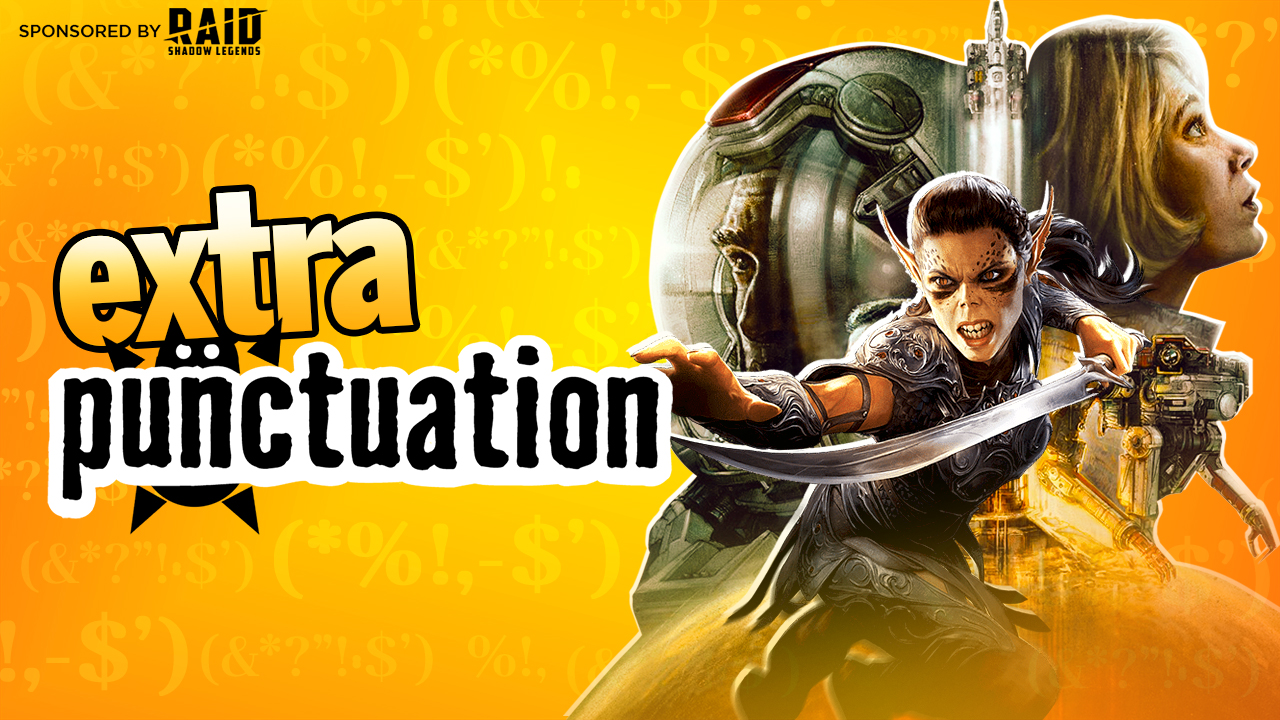
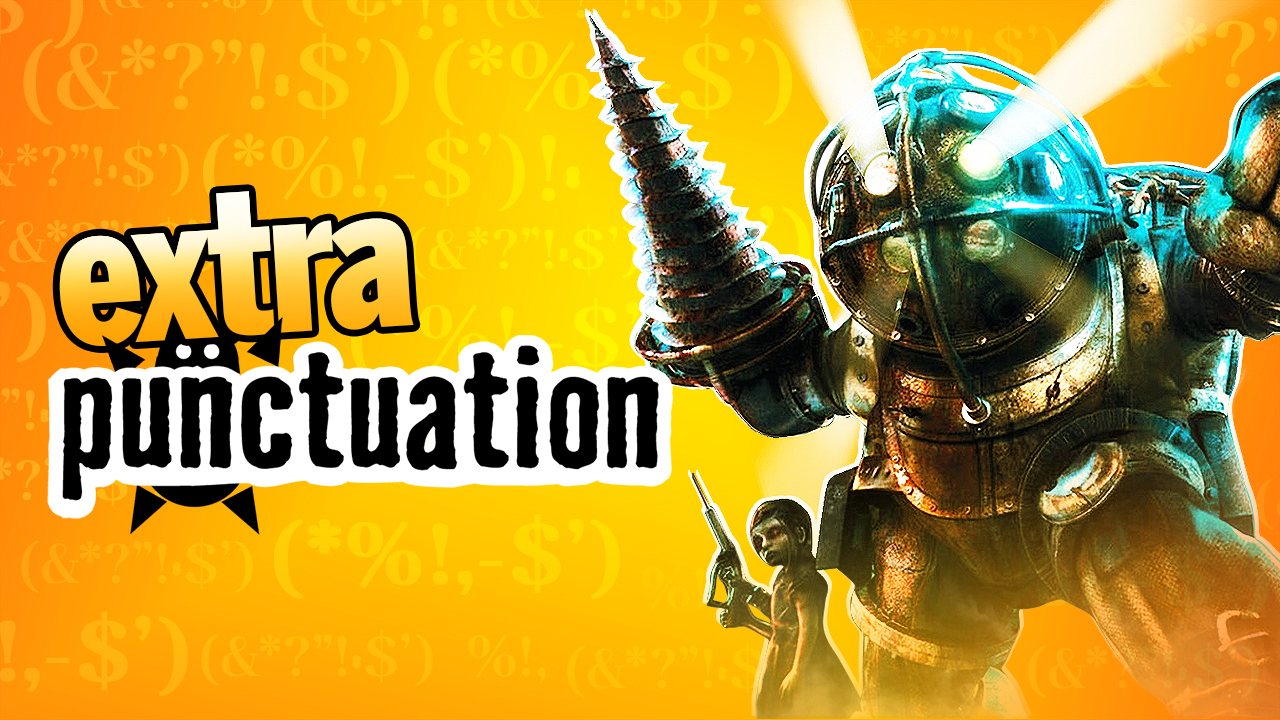
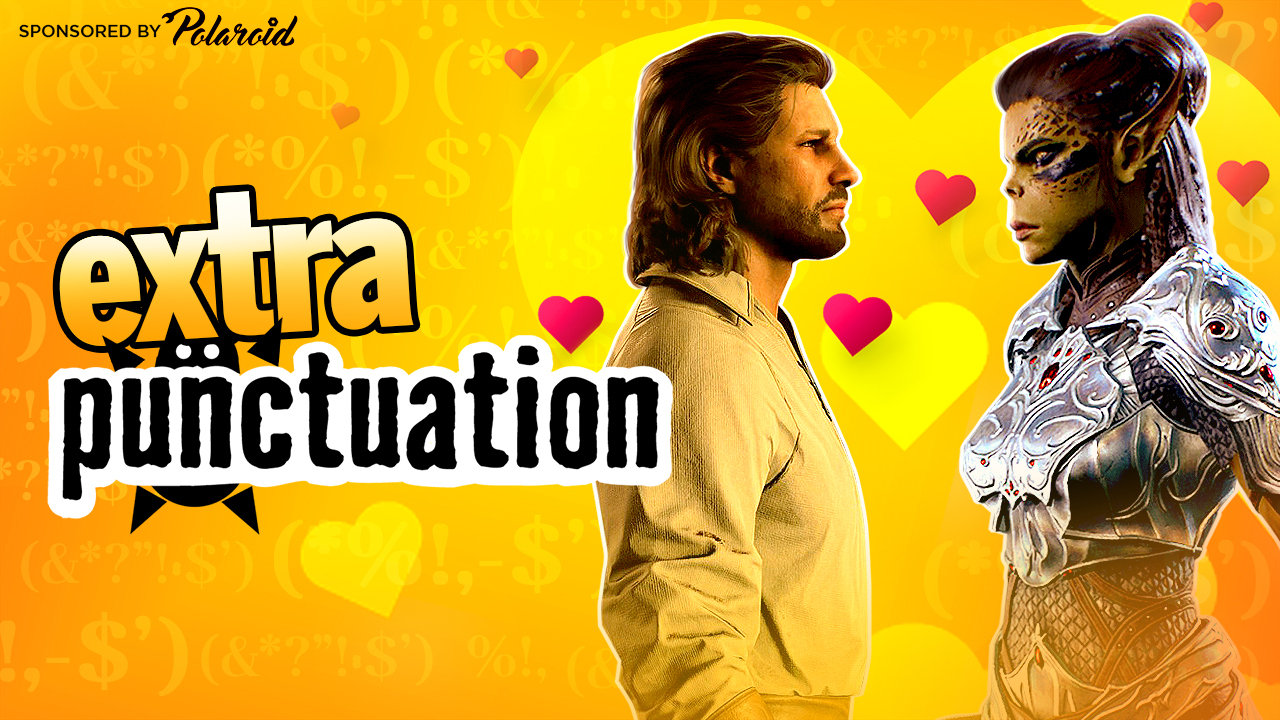
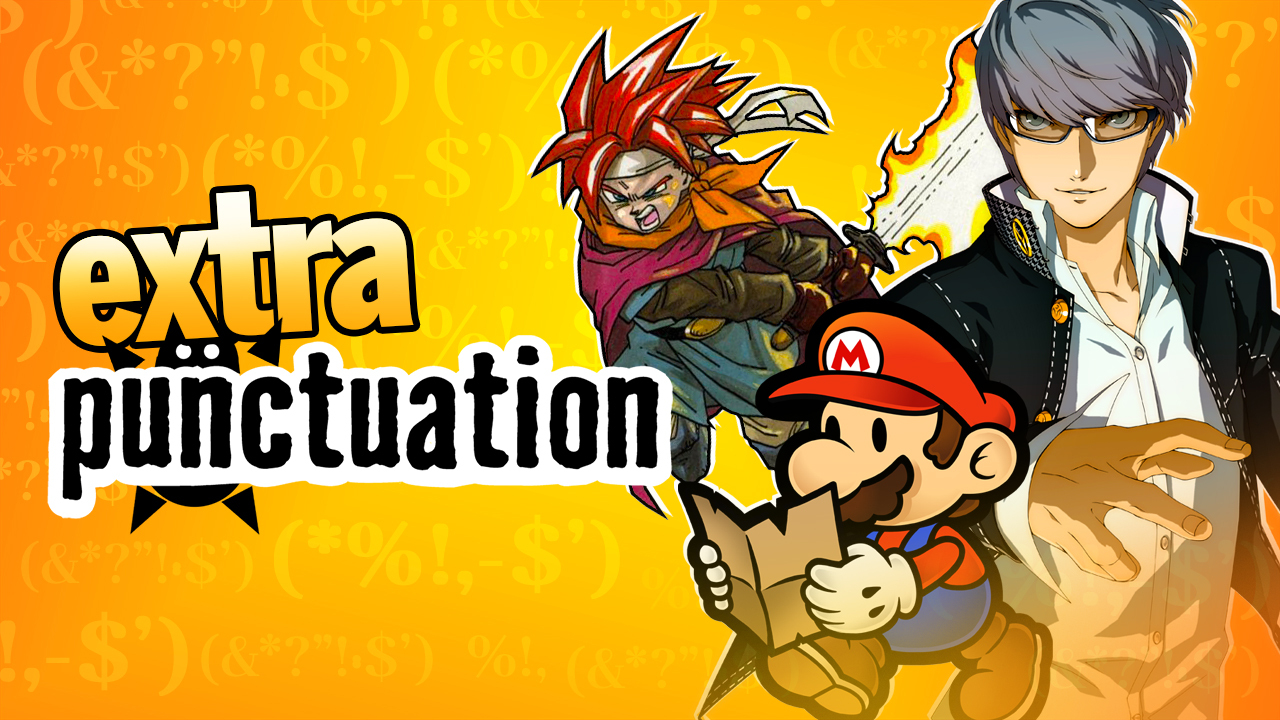
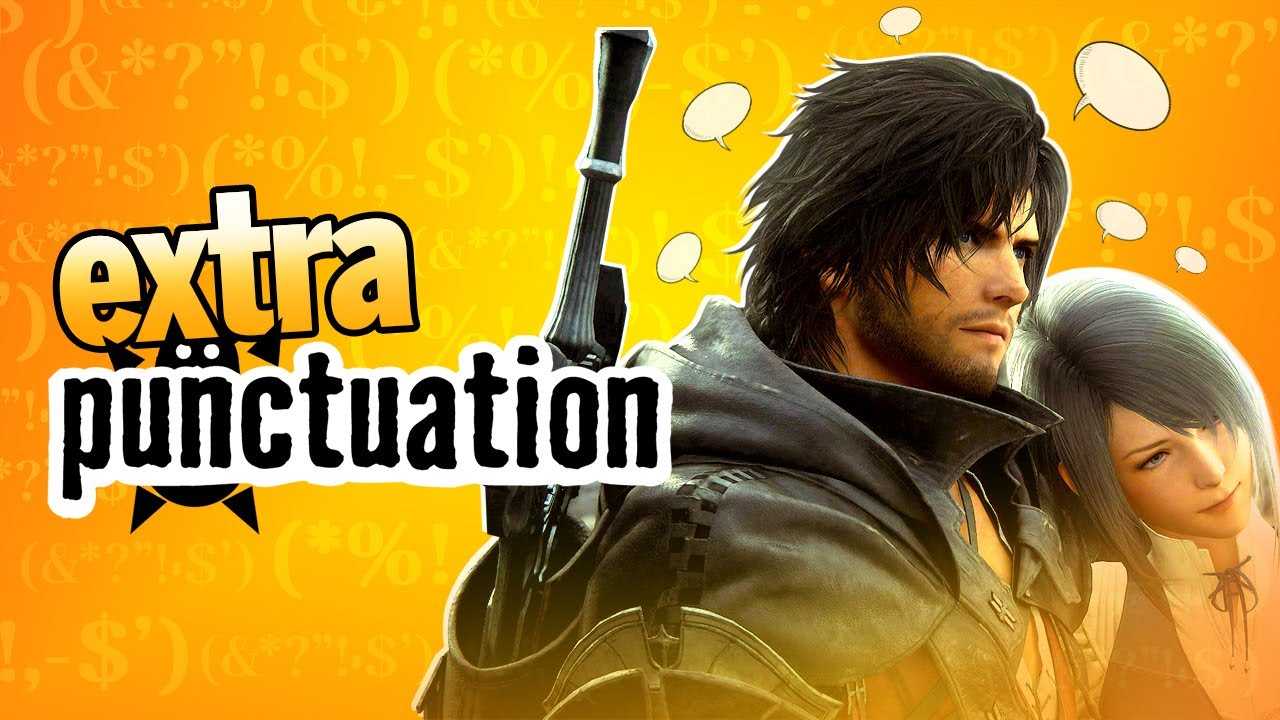
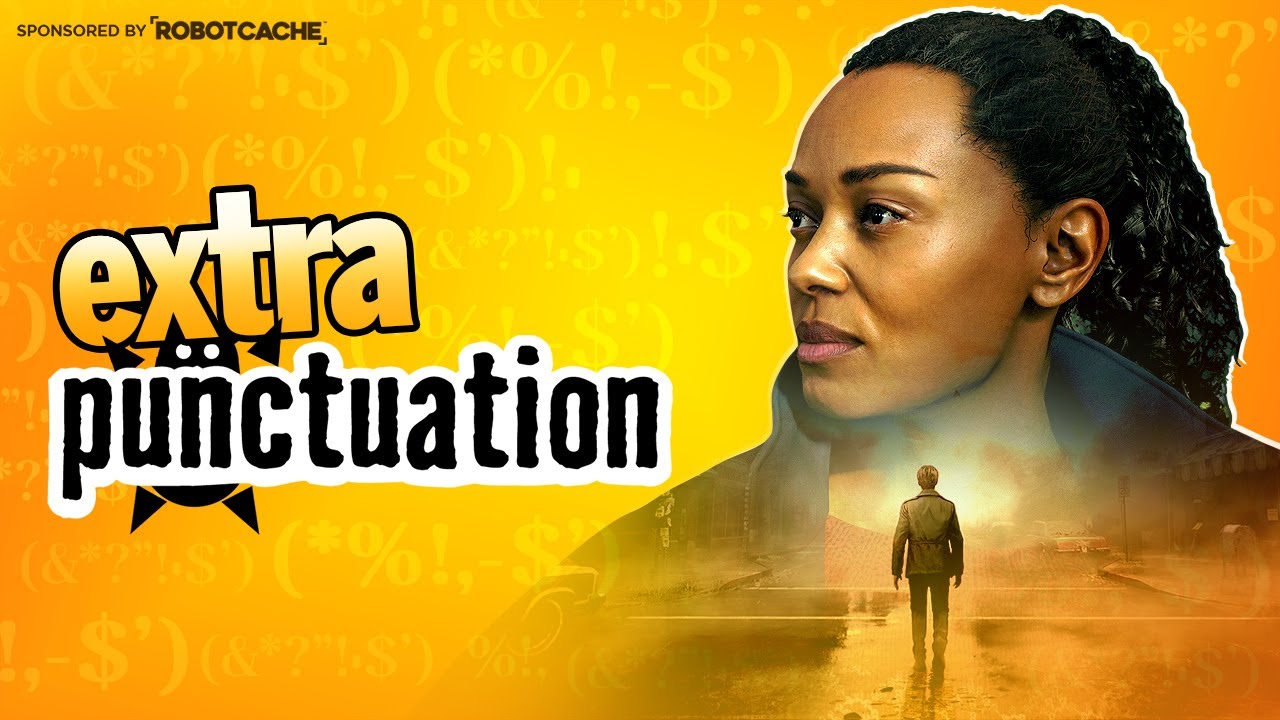
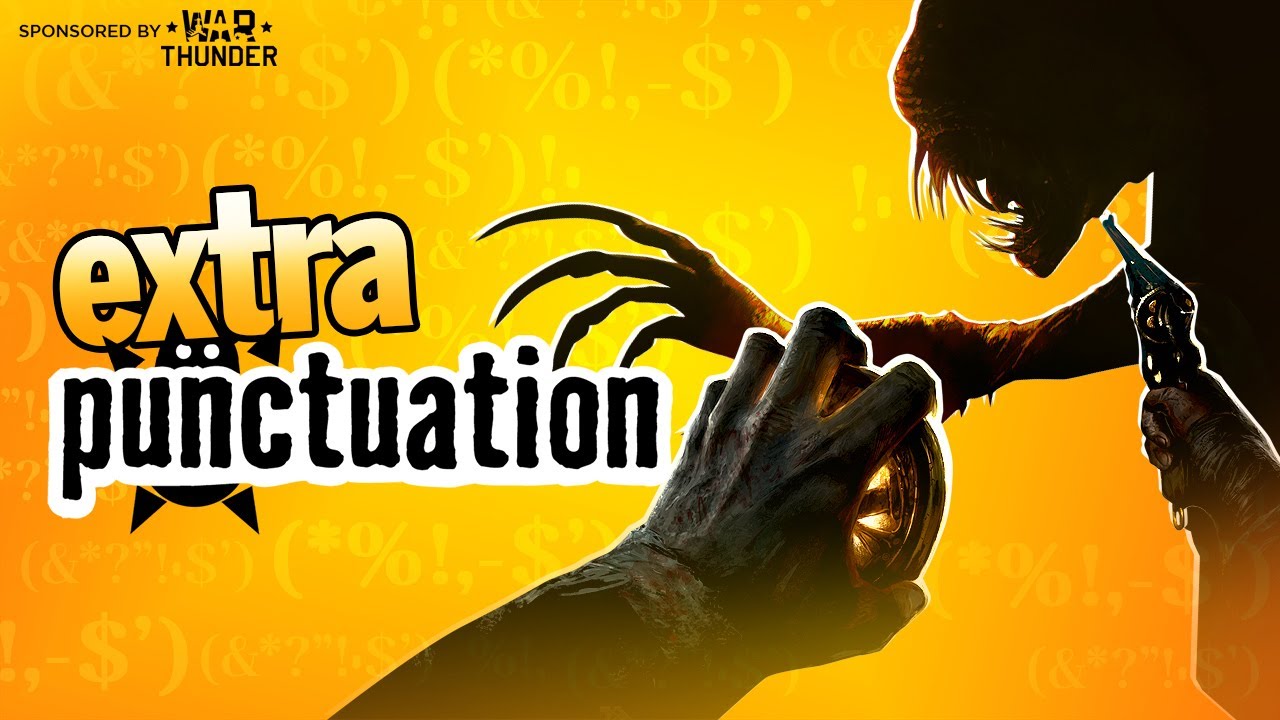
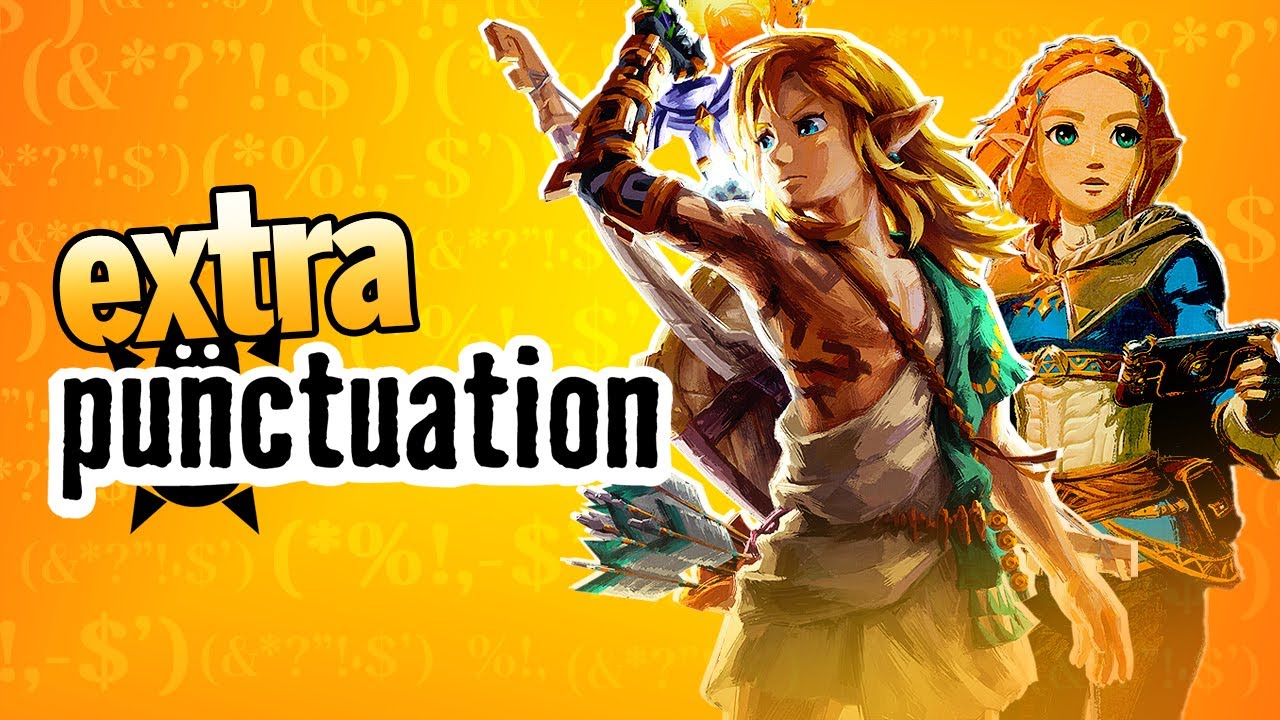
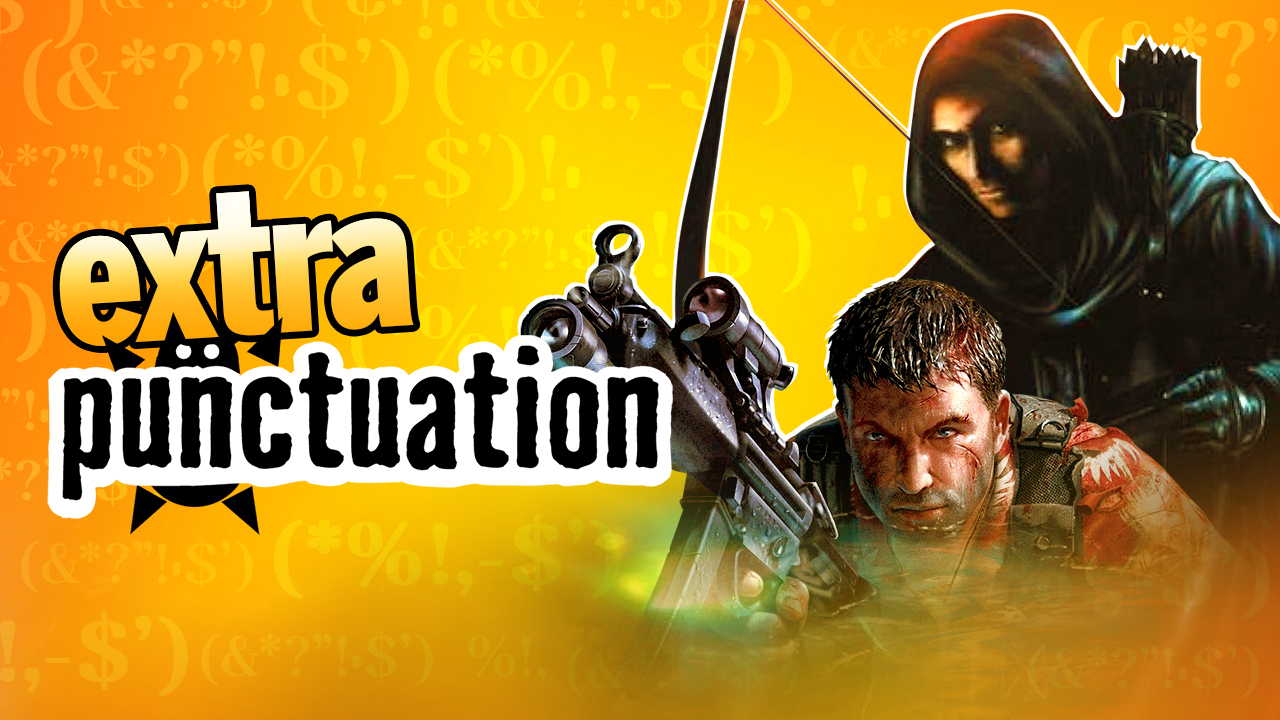
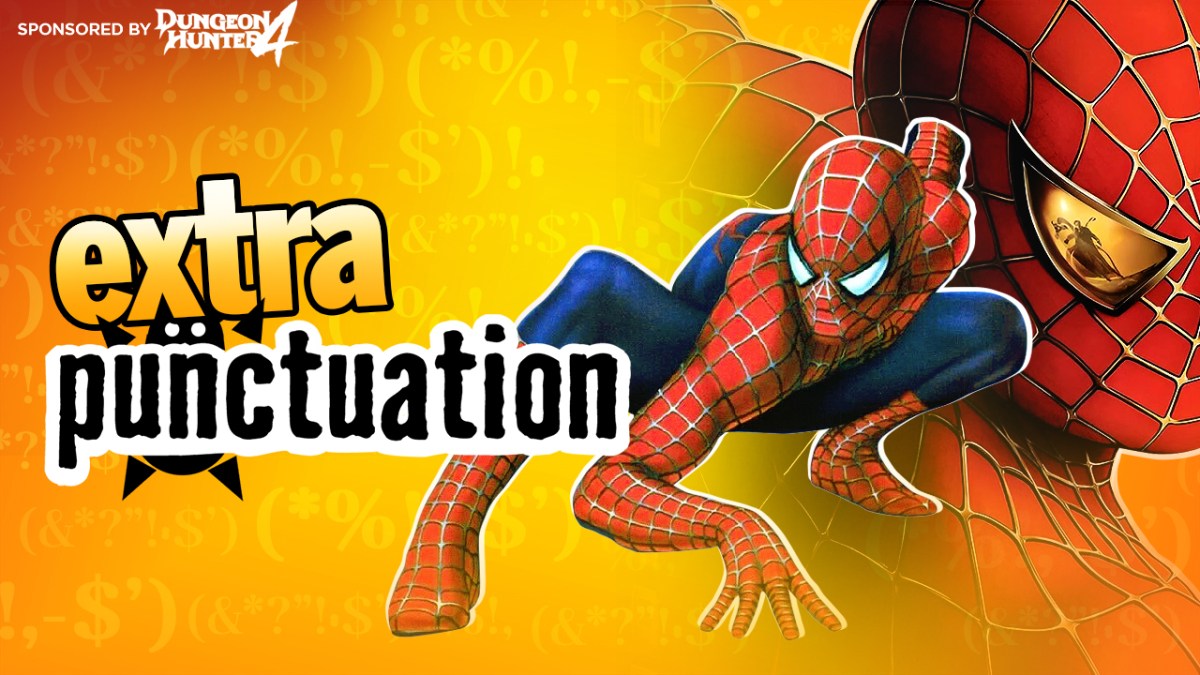
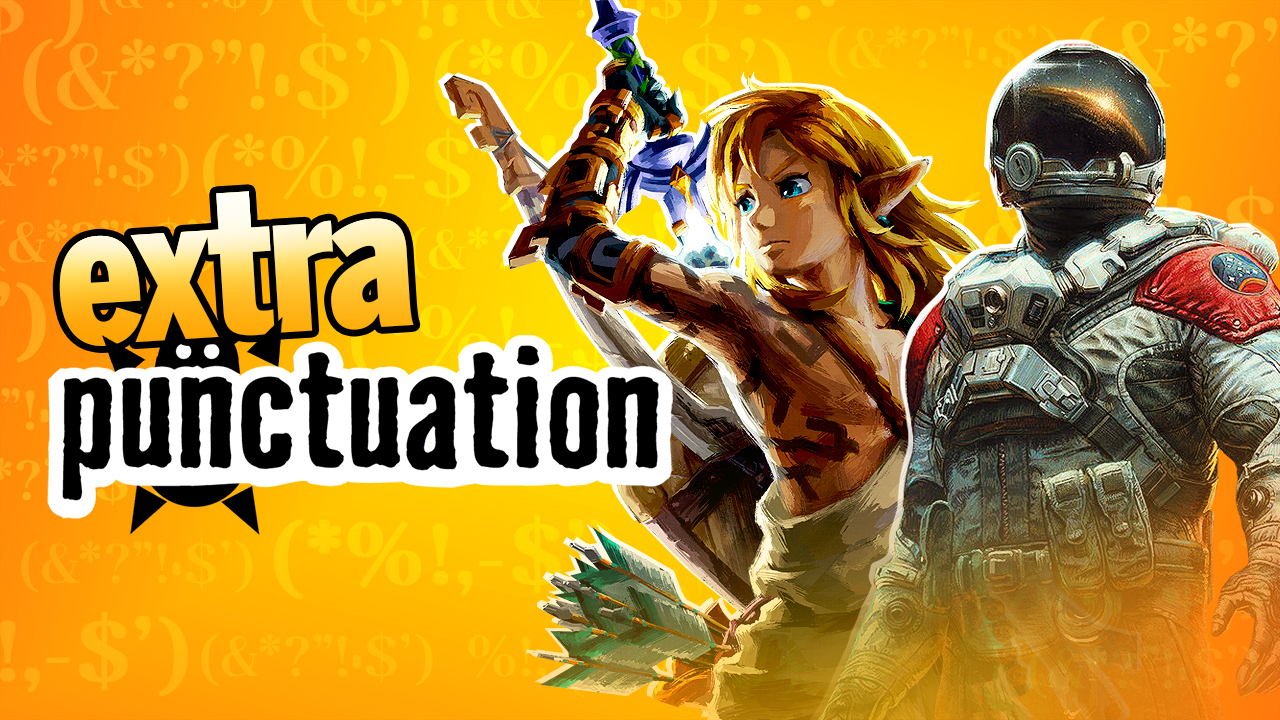
Published: Dec 13, 2011 9:00 PM UTC